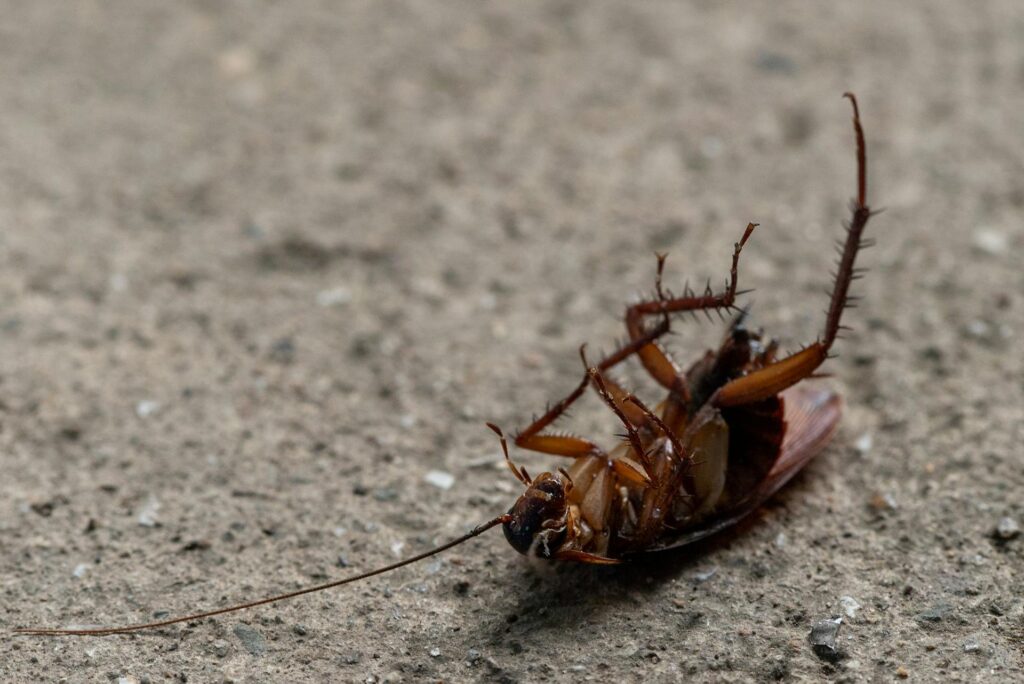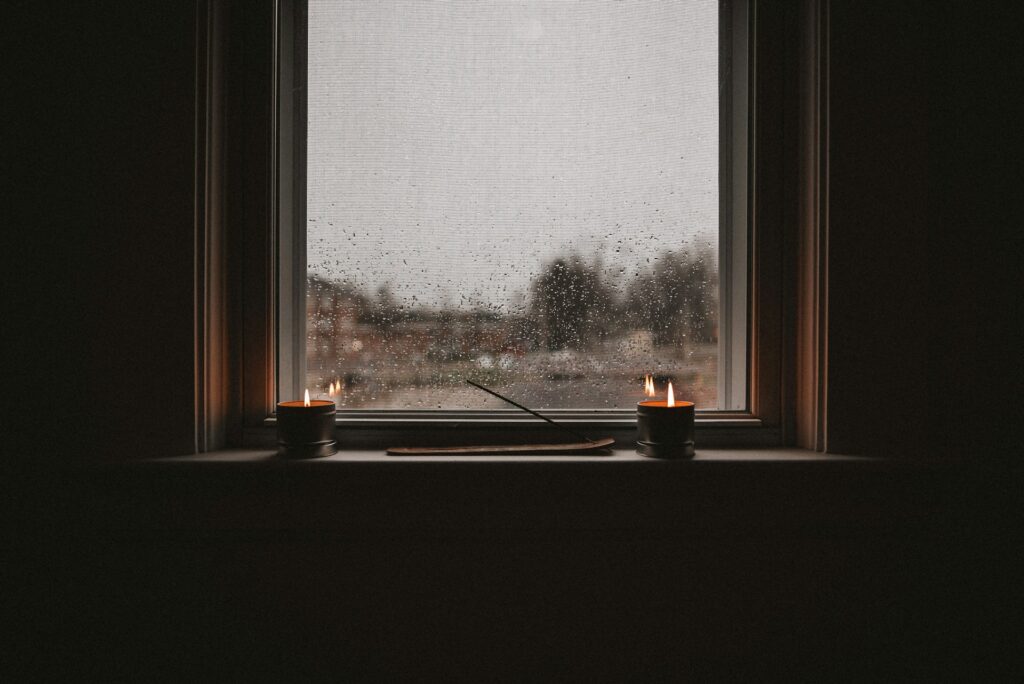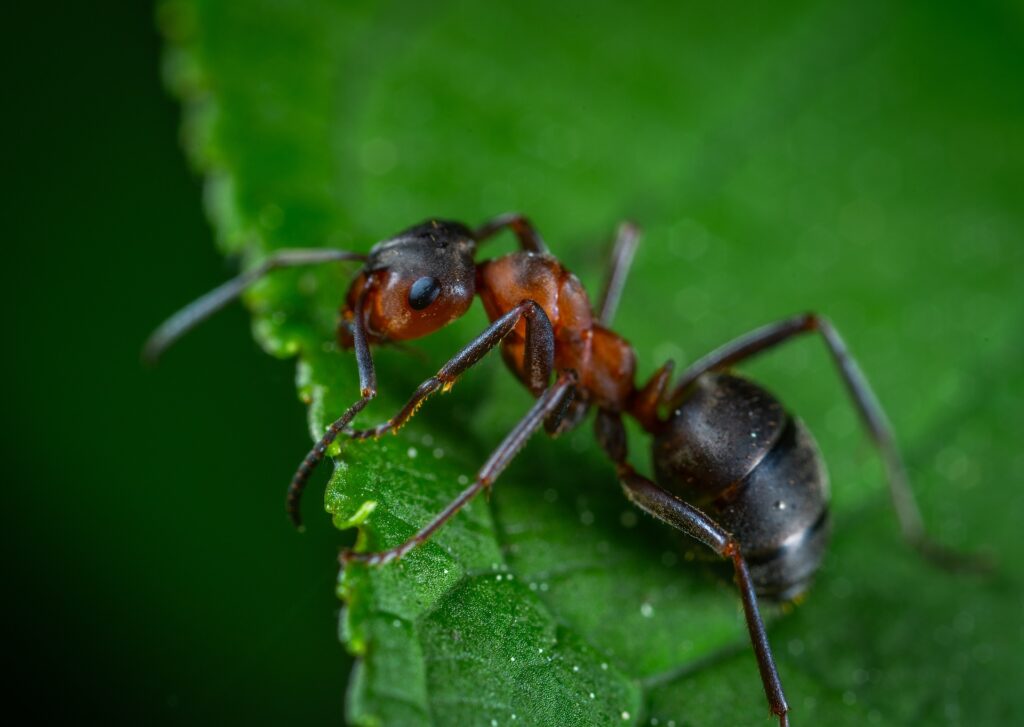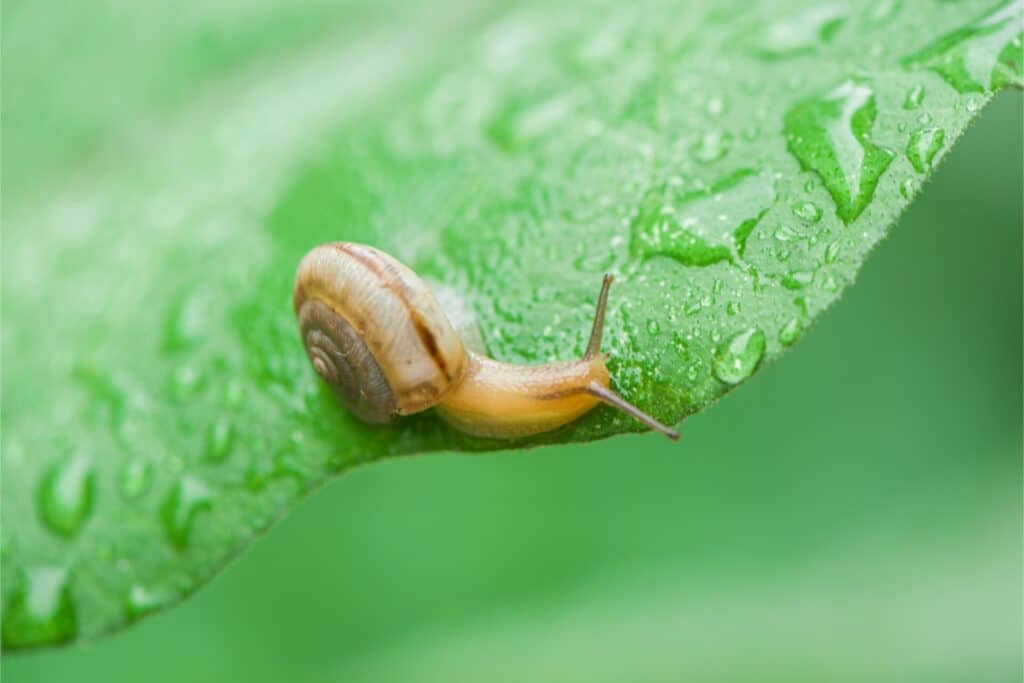If you think you’ve been bitten by a hobo spider, it’s important to understand what to look for and when to seek medical attention. While hobo spiders have historically been considered dangerous, recent research suggests their bites may be less severe than once thought. However, being able to identify these bites and distinguish them from other spider bites can help ensure proper treatment.
What do hobo spider bites look like?
Initially, a hobo spider bite might appear as a small, red mark that can be painful or numb. Within a few hours, the bite area may develop into a red welt or blister. Unlike some other spider bites, hobo spider bites don’t typically leave a distinct pattern or marking.
The affected area might become slightly swollen and red, with the redness spreading over time. While some bites heal without complications, others may develop into a small wound that takes longer to heal.
What are the symptoms of a hobo spider bite?
Symptoms of a hobo spider bite typically develop slowly over several hours. Initial symptoms often include mild to moderate pain, redness, and swelling at the bite site. Some people experience headache, nausea, or fatigue within a few hours of being bitten.
While historically associated with necrotic wounds, recent studies suggest this may be less common than previously thought. Most bites heal without serious complications, though healing time can vary from a few days to several weeks.
What are the differences between a hobo spider bite and a black widow spider bite?
Hobo spider and black widow bites show distinct characteristics. Black widow bites typically leave two puncture marks and cause immediate, intense pain that spreads from the bite site. The pain often includes severe muscle cramping and abdominal pain.
In contrast, hobo spider bites usually appear as a single red mark with delayed pain development. Black widow bites rarely cause significant tissue damage but can cause systemic symptoms like sweating and nausea. Hobo spider bites tend to remain more localized.
What are the differences between a hobo spider bite and a brown recluse spider bite?
Brown recluse bites often create a distinctive “bull’s-eye” pattern with a pale center surrounded by redness, while hobo spider bites typically lack this characteristic marking. Brown recluse bites frequently develop a dark, sunken center within 24 hours and can cause severe tissue damage.
Hobo spider bites generally cause less severe reactions and heal more quickly. Brown recluse bites often feel like a sharp sting initially, while hobo spider bites might not be noticed immediately.
How to prevent a hobo spider infestation
Preventing hobo spider infestations with spider control starts with eliminating potential hiding spots. Seal cracks and crevices around your home’s foundation, windows, and doors. Remove wood piles, leaf litter, and debris from around your house where these spiders might hide.
You’ll also want to keep storage areas organized and elevated off the floor. Use sticky traps along walls and in corners to monitor spider activity. Regular vacuuming and cleaning can help remove spiders and their webs before they establish themselves.
When to call a professional
If you’re noticing hobo spiders in your home or have concerns about spider activity, contact Aptive today for a thorough inspection and customized treatment plan. Our experienced pest control experts can properly identify the spider species present and implement our effective pest control service.
We’ll also help identify potential entry points and provide recommendations for preventing future spider problems. Don’t wait until you’re dealing with a larger pest or spider issue–early intervention is key for effective spider control.








